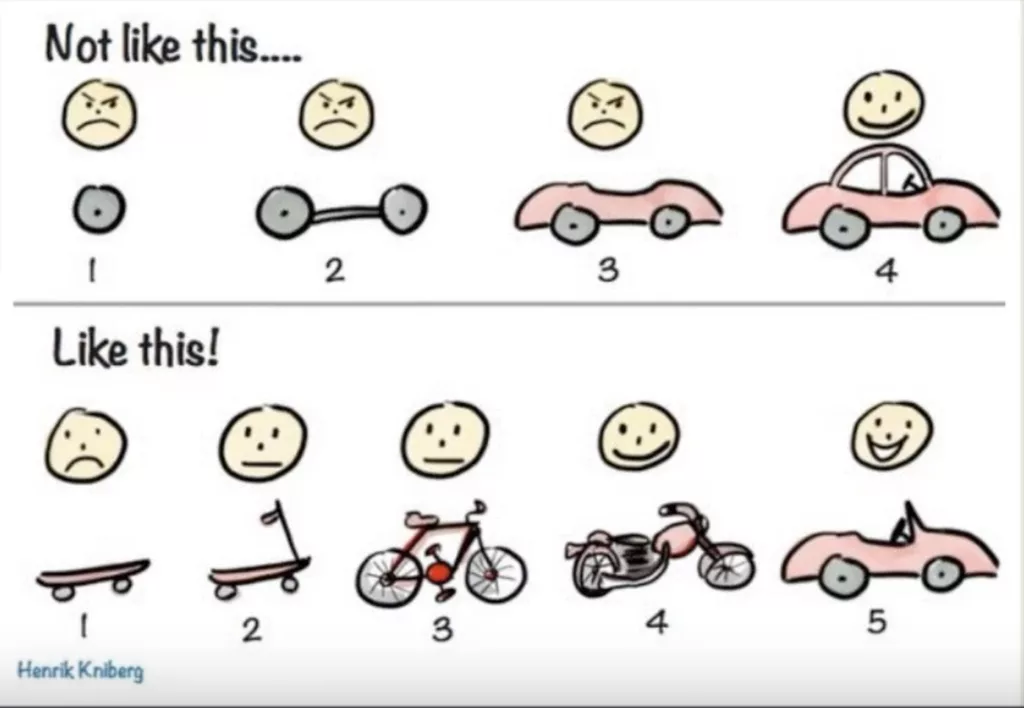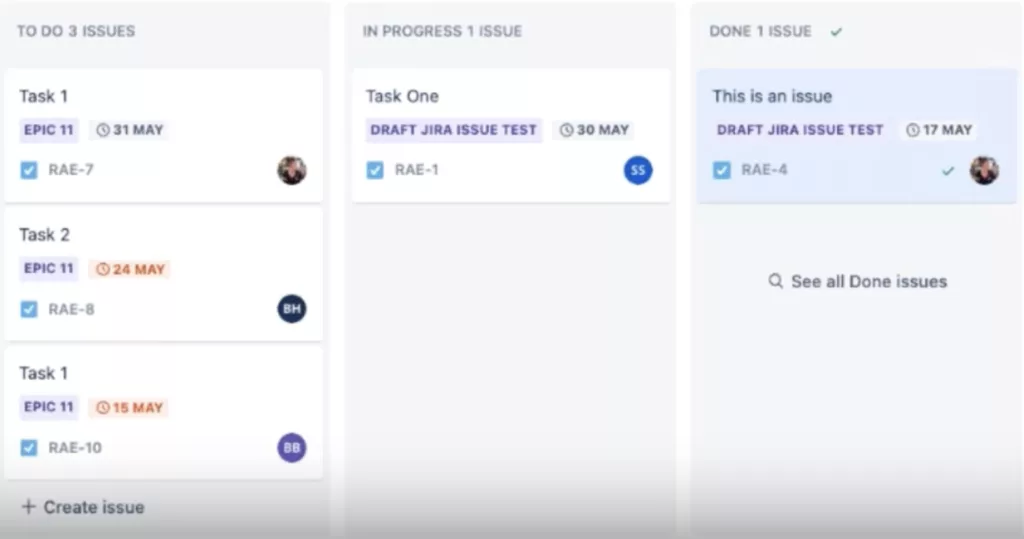Jira is not just a tool, but a medium that helps organizations refine their workflow, maintain productivity, and, more importantly, connect teams seamlessly. This article aims to provide an in-depth understanding of Jira and how adopting agile project management can significantly enhance team collaboration and performance.
From Military Manufacturing to the World of Jira
My introduction to Jira wasn’t conventional. I ventured from a military manufacturing background into the tech industry, initially in a support capacity. The universe had different plans for me; the world of product management beckoned, and I was thrust into it. My initiation into Jira was swift, but the logic and functionality of the platform resonated instantly. Today, I champion its use at Visor, aiming to inspire others with my passion for it.
Jira’s inception traces back to April 2002, birthed by Atlassian, a company founded by two Australian friends, Mike Cannon-Brooks and Scott Farquhar. Within just three years of its launch, Jira already had 1,000 customers. By 2015, Atlassian went public. Today, in 2023, Jira stands as arguably the most preferred project management software globally.
Deciphering Agile Project Management
Agile is an iterative approach, particularly effective for software development projects. Instead of delivering an end product at once, it emphasizes continuous releases, ensuring that customer feedback is integrated at every stage. The beauty of agile is its flexibility: beginning with a minimum viable product (MVP) and then iteratively enhancing it based on user feedback.
One illustrative way to understand agile is the evolution from a skateboard to a car. Begin by providing users with a simple yet functional product, and then iteratively improve upon it.

Why Agile?
In a deep dive into the latest State of Agile report, it’s clear that modern organizations prioritize agile practices primarily because of the speed it offers—significantly accelerating their time to market. This urgency stems from a need to rapidly respond to market changes, outpace competitors, and meet customer expectations.
Furthermore, agile practices have proven their merit in increasing deliverability predictability. By adopting an iterative approach, companies can ensure a consistent output, which in turn reduces uncertainties and overall risks associated with product development. An intriguing insight from the report was the alignment of agile methodologies with broader organizational objectives. Close to 41% of businesses are syncing their agile prioritization directly with their overarching company goals. This highlights the inherent flexibility and adaptability of agile, allowing it to be tailored to suit diverse business needs and strategies
Introducing Scrum: Agile’s Reliable Partner
Scrum stands out as a premier agile framework, known for its structured approach to managing projects through fixed-length iterations, commonly termed as ‘sprints’. During each sprint, teams prioritize and select tasks from a ‘backlog’—essentially a pool of pending tasks—and work diligently to complete them. This systematic method is punctuated by specific ceremonies that provide rhythm and structure to the process. For instance, ‘sprint planning’ is a dedicated time where teams review the backlog and decide which tasks to tackle in the upcoming sprint.
Daily stand-ups serve as brief meetings where team members update each other on their progress, flagging any potential obstacles. Sprint demos or reviews provide a platform to showcase what’s been achieved during the sprint, offering transparency and clarity. But, perhaps the most pivotal element in the Scrum process is the ‘retrospective’. This is a dedicated session at the end of each sprint where teams collectively reflect on their performance, identifying areas of improvement and strategies to enhance efficiency in subsequent sprints.
The tangible benefits and systematic nature of Scrum have made it incredibly popular among agile practitioners. This popularity is echoed in the recent agile report, where a staggering 87% of respondents confirmed their utilization of the Scrum framework in their operations.
Kanban: Another Agile Framework
Kanban emerges as a distinctive agile methodology, uniquely designed to match work assignments with the team’s inherent capacity, ensuring a seamless and timely completion of tasks. A striking difference between Kanban and Scrum is the absence of the traditional backlog in Kanban. Instead of maintaining a pending list of tasks, everything in Kanban is immediately actionable, with tasks neatly organized in a ‘To Do’ column. As tasks get initiated, team members, based on their bandwidth and capacity, pull these tasks.

This creates a dynamic flow where tasks transition smoothly from the ‘To Do’ stage, move into ‘In Progress’ as they’re being worked on, and finally land in the ‘Done’ column once completed. This method ensures team members always have a clear view of their responsibilities, maintaining a steady workload without overwhelming surges. The simplicity and transparency of this approach haven’t gone unnoticed.
As indicated in the recent agile report, a significant 56% of respondents have incorporated the Kanban methodology into their workflow, attesting to its effectiveness and popularity in contemporary project management.
Conclusion
When coupled with agile frameworks like Scrum and Kanban, Jira can profoundly transform team dynamics, productivity, and product delivery. As we move forward in this ever-evolving tech landscape, tools like Jira, and the methodologies they support, will play pivotal roles in shaping successful, agile, and connected teams. In the next article, we will discuss more in-depth how it translates into Jira.
Related Content
Article: Decoding Jira – A Comprehesive Guide to Structure, Workflow and Best Practices
This article contains highlights from the webinar – WebNLearn: Introduction to Jira + How to Use Jira Data to Connect Teams – being provided by MPUG for the convenience of our members. You may wish to use this transcript for the purposes of self-paced learning, searching for specific information, and/or performing a quick review of webinar content. There may be exclusions, such as those steps included in product demonstrations, or there may be additions to expand on concepts. You may watch the on-demand recording of this webinar at your convenience.
Elevate your project management skills and propel your career forward with an MPUG Membership. Gain access to 500+ hours of PMI-accredited training, live events, and a vibrant online community. Watch a free lesson and see how MPUG can teach you to Master Projects for Unlimited Growth. JOIN NOW







